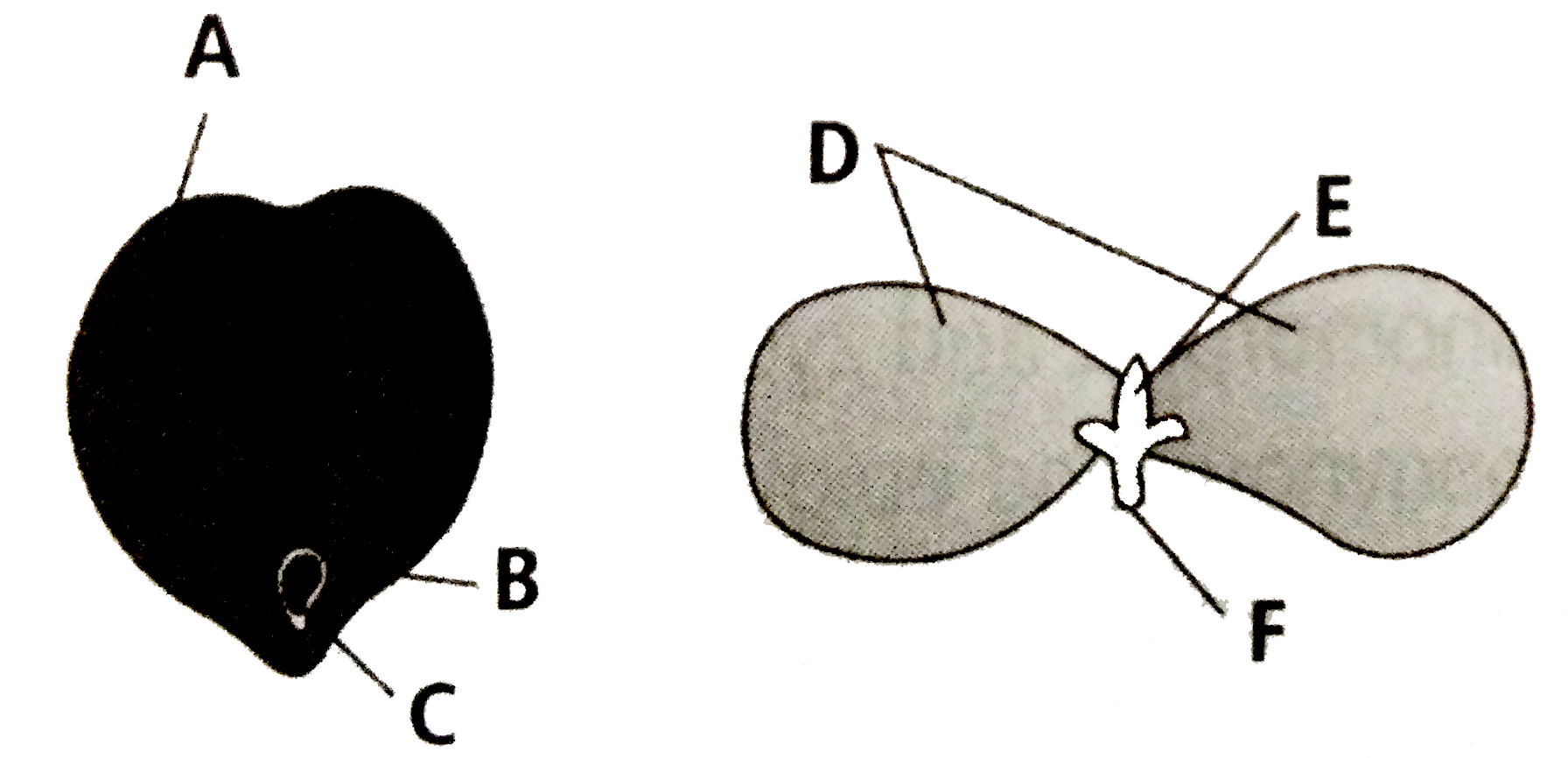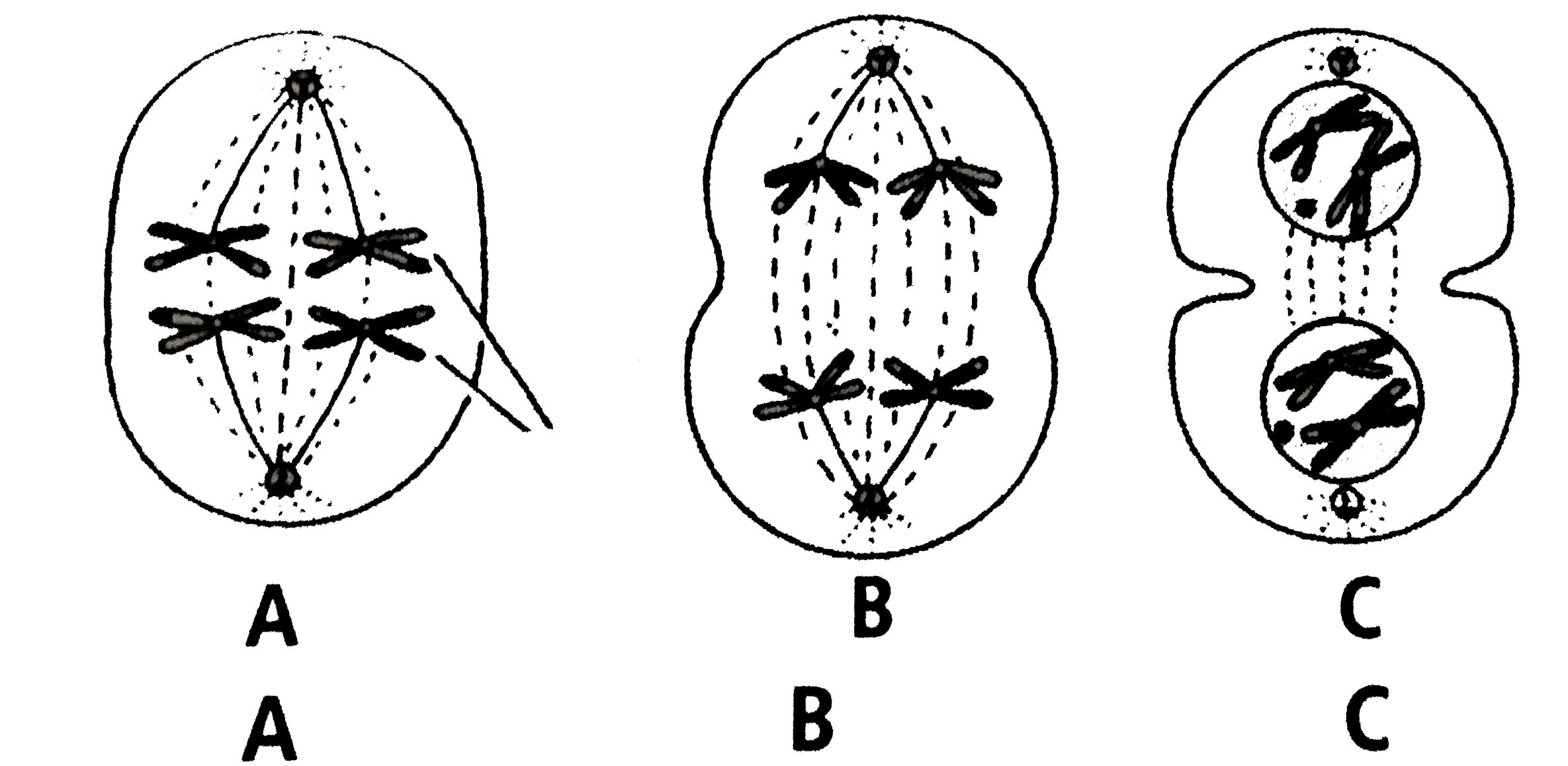Refer to the given diagrams showing different types of syngamy and select the option that gives correct example of each of these.
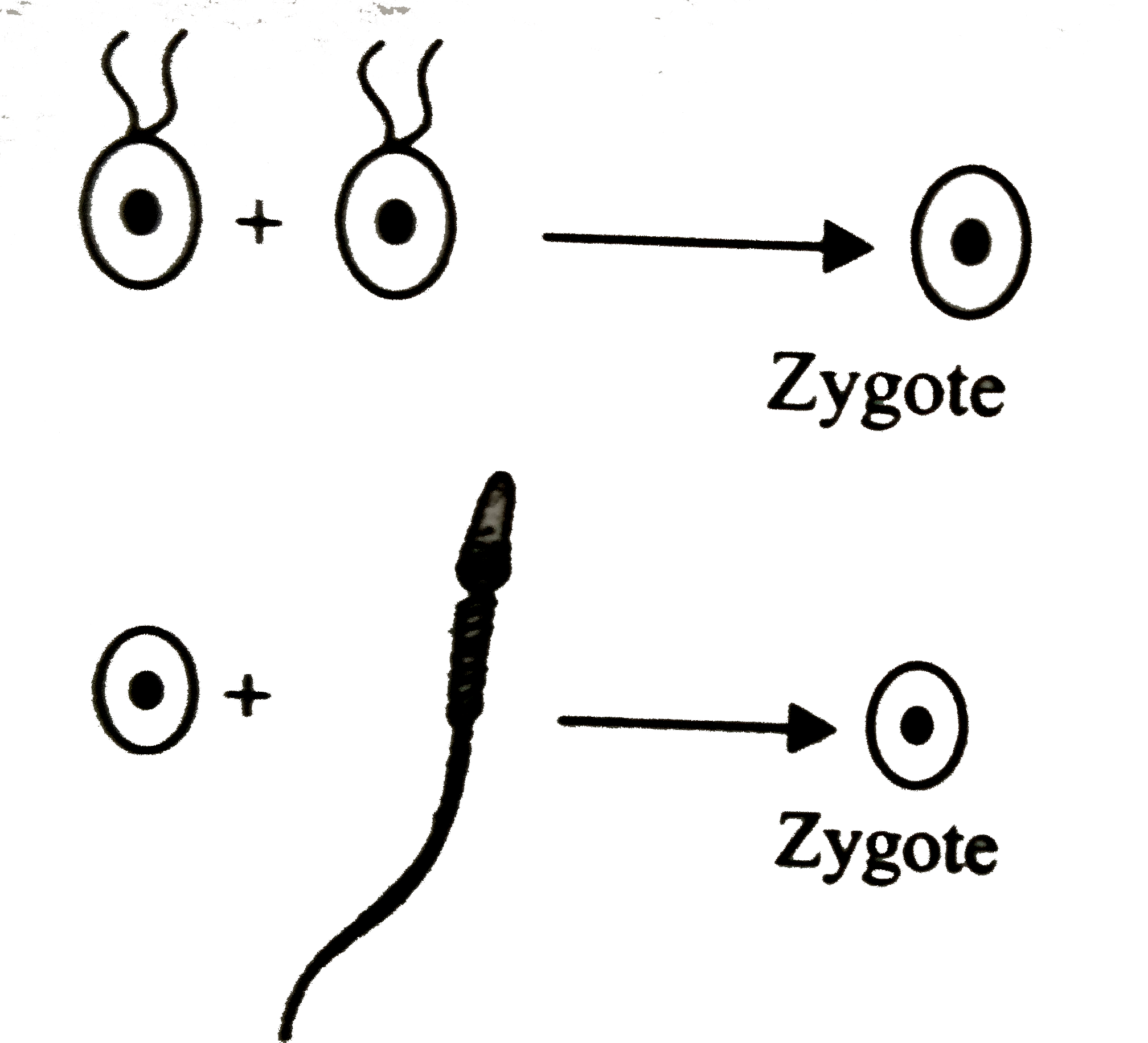
A
i iiFucusChlamydomonas
B
i iiHomo sapiensFucus
C
i iiFucusCladophora
D
i iiCladophoraHomo sapiens
Video Solution
Text Solution
The correct Answer is:d
Syngamy is the complete and permanent fusion of male and female gametes to form the zygote. In Cladophora reproduction is isogamous. Isogamy, shown in figure (i) involves the fusion of gametes which do not differ morphologically but may be different physiologically. Such gametes are called isogametes. In humans, anisogamy is observed which involves fusion of gametes that differ in size or motility, as seen in figure (ii) The common type of anisogamy is oogamy, which involves fusion of large immotile female gamete and small motile male gamete.
|
Topper's Solved these Questions
Similar Questions
Knowledge Check
Identify the figures A,B,C showing different types of muscle and select the correct option
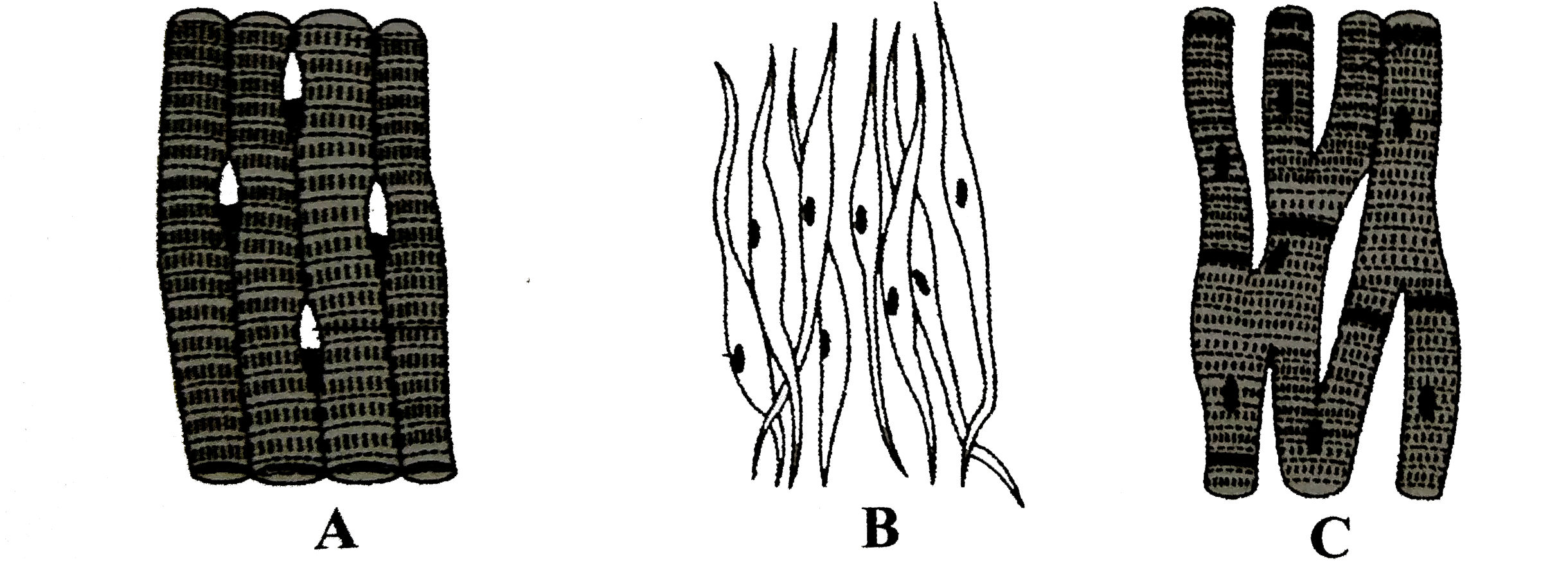 A A B CSmooth muscle Striated muscle Cardiac muscleB A B CCardiac muscle Smooth muscle Striated muscleC A B CStriated muscle Smooth muscle Cardiac muscleD A B CInvoluntary muscle Voluntary muscle Heart muscle
A A B CSmooth muscle Striated muscle Cardiac muscleB A B CCardiac muscle Smooth muscle Striated muscleC A B CStriated muscle Smooth muscle Cardiac muscleD A B CInvoluntary muscle Voluntary muscle Heart muscleRefer to the given figures which show three different types of fission. Select the option which correctly matches them with the organism is which they occur.
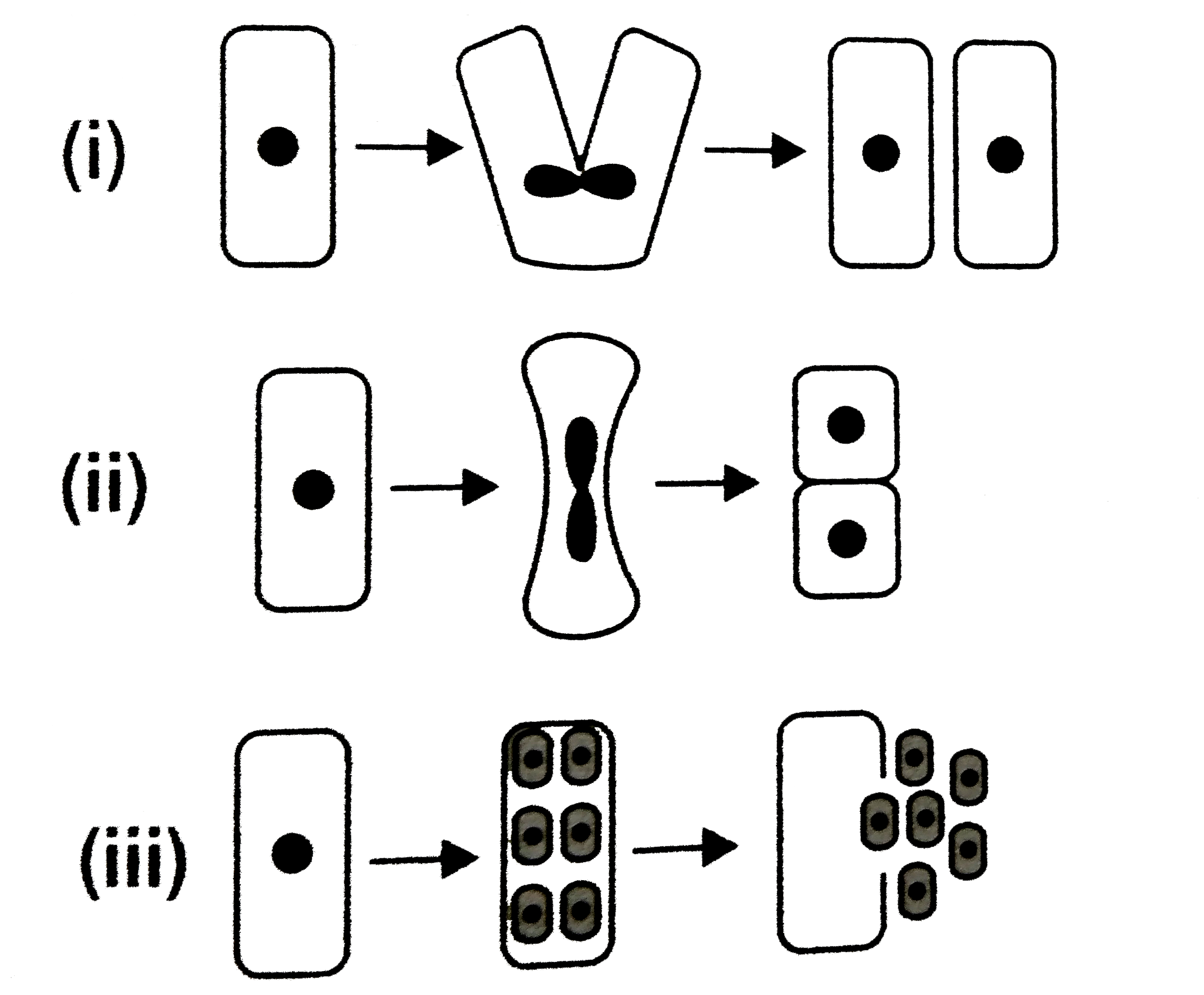 A i ii iiiEuglenaPlasmodiumAmoebaB i ii iiiPlasmodiumParameciumEuglenaC i ii iiiEuglenaParameciumEscherichiaD i ii iiiEuglenaParameciumAmoeba
A i ii iiiEuglenaPlasmodiumAmoebaB i ii iiiPlasmodiumParameciumEuglenaC i ii iiiEuglenaParameciumEscherichiaD i ii iiiEuglenaParameciumAmoebaRefer to the given diagram of an animal cell and select the correct option regarding P and Q
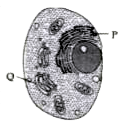 ASome of the vesicles of P store digestive enzymes obtained Q from Q in inactive state to form primary lysosomeBPolypeptides synthesised at Qare transported to P where they are modified into functional proteins for secretionCQ synthesises acrosome which plays an important role in the fertilisation process in humansDP is absent in pancreatic cells and cells of salivary glands whereas Q is absent in liver cells.
ASome of the vesicles of P store digestive enzymes obtained Q from Q in inactive state to form primary lysosomeBPolypeptides synthesised at Qare transported to P where they are modified into functional proteins for secretionCQ synthesises acrosome which plays an important role in the fertilisation process in humansDP is absent in pancreatic cells and cells of salivary glands whereas Q is absent in liver cells.
Identify the following diagram and select the option with correct labels :
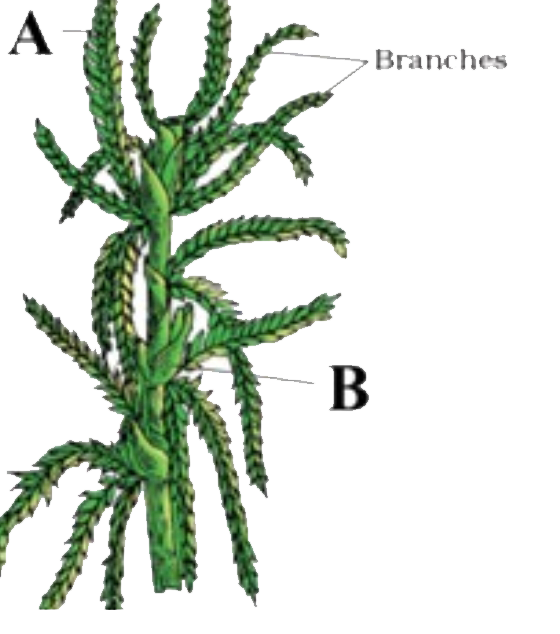
View SolutionRefer to the given figures and answer
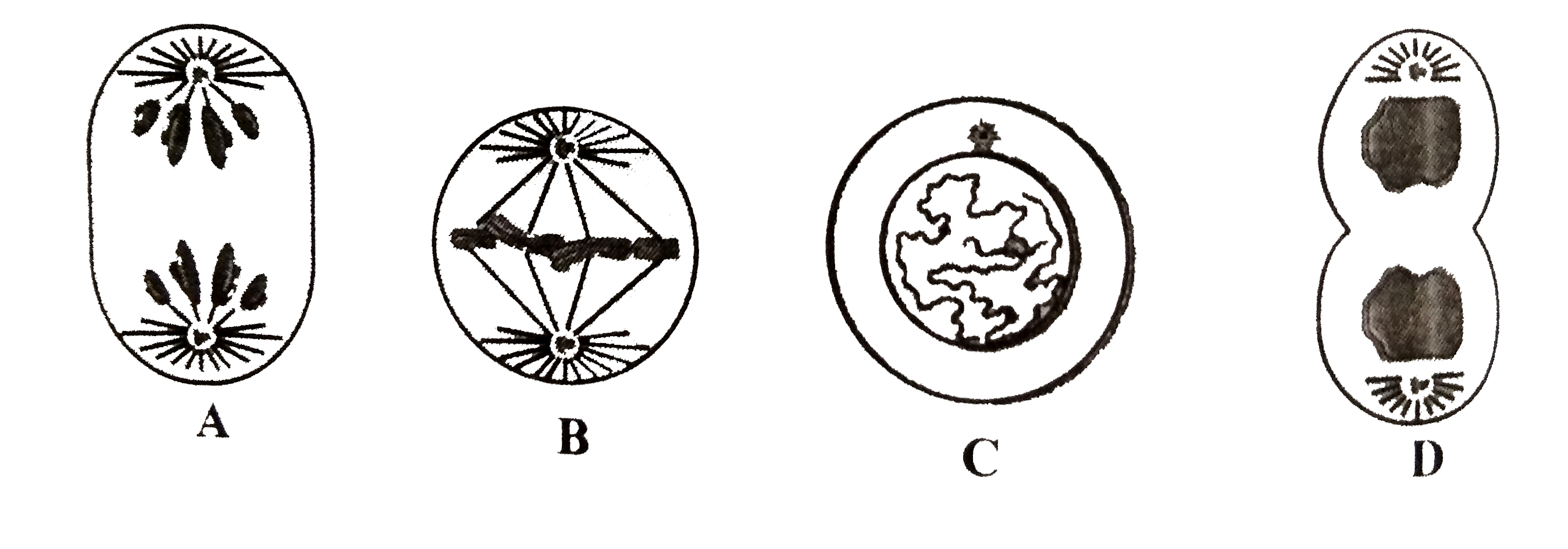
Identify the given stages of mitosis and select the correct option
View SolutionRefer to the given diagram of an animal cell and select the correct option regarding P and Q.
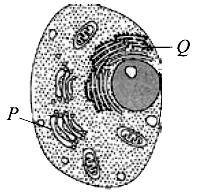
View SolutionGiven below a diagram of a type of WBC. Identify and select the correct option.
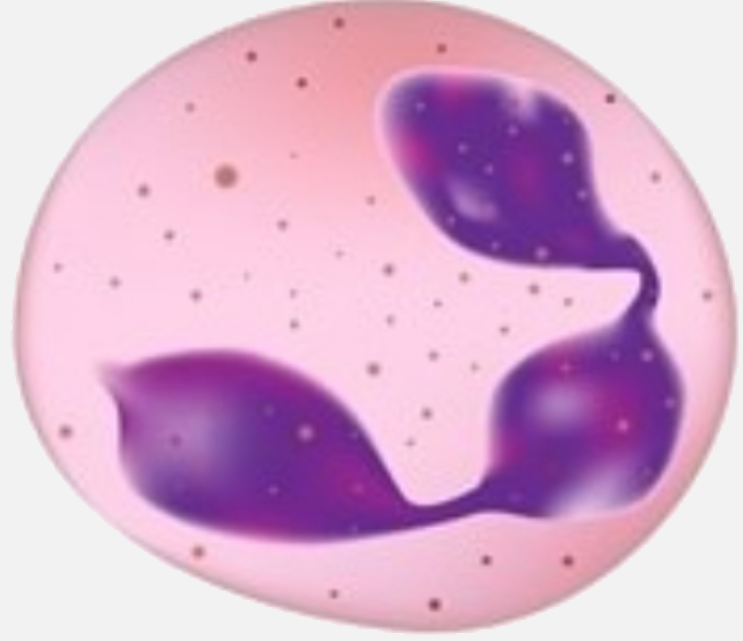
View SolutionThe given diagram shows different stages of seed germination. Identify A,B,C and D and select the correct option.

View Solution

